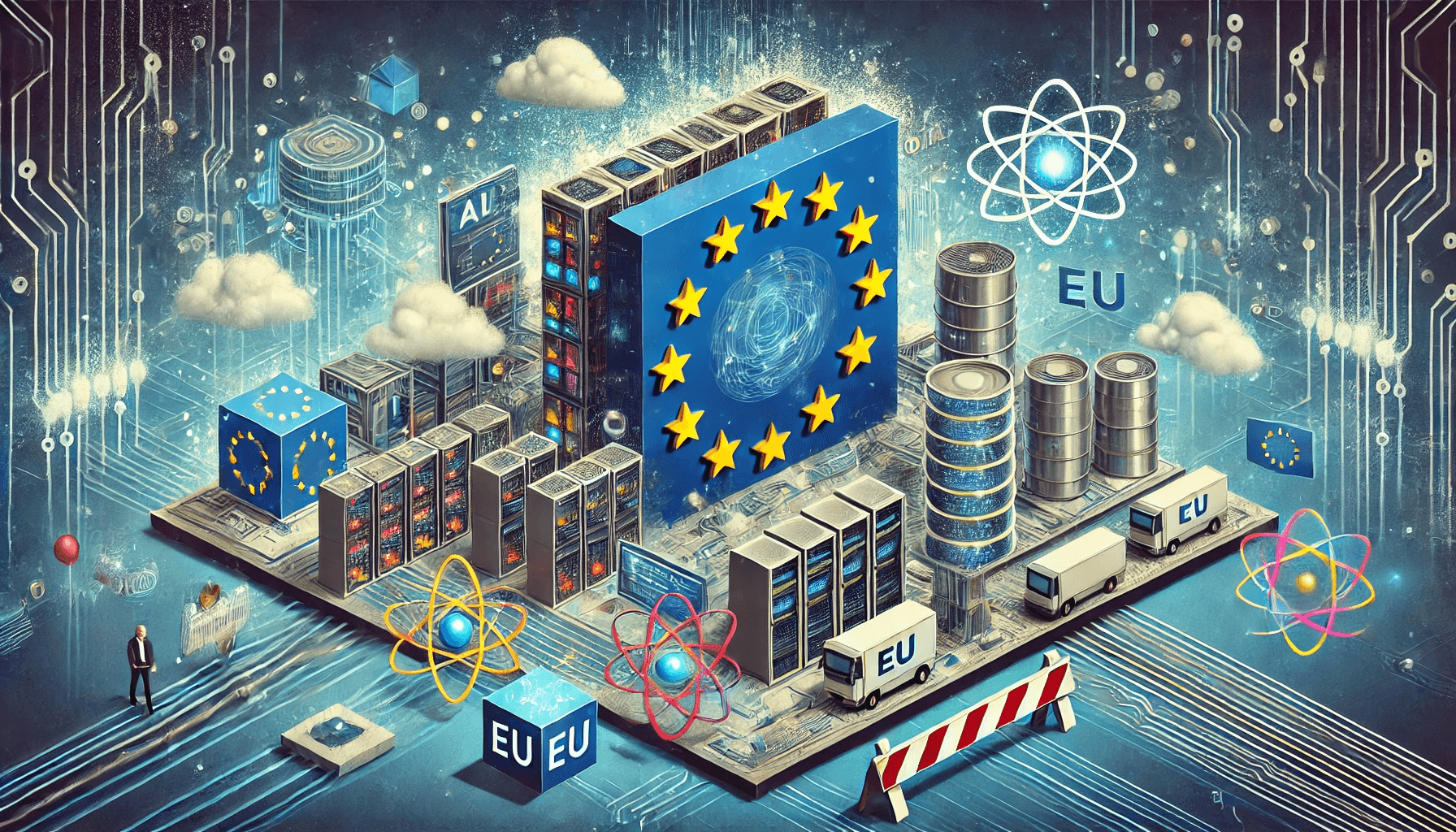


Mario Draghi's recent report on the E.U.'s competitiveness paints a stark picture, identifying IT infrastructure as a pressing issue that demands immediate attention. The report, which will shape future E.U. policies, reveals that Europe significantly trails behind the U.S. and China in innovation. Draghi points out that the IT sector has been a significant factor in this gap, stating, "Excluding the main ICT sectors... E.U. productivity has been at par with the U.S." However, this sector's current state has prevented the E.U. from achieving its full potential.
E.U. households have felt the consequences, with real disposable income growing at almost half the rate of the U.S. since 2000.
Draghi proposes an ambitious investment of around €800 billion annually to remedy this situation. This investment would target several areas, including improving IT infrastructure, energy transition, and sovereignty in critical sectors.

The report is packed with evidence of the E.U.'s lag in technology and IT infrastructure. For example, no EU-based company with a market capitalization of over €100 billion was founded in the last fifty years, whereas six U.S. companies have reached over €1 trillion. This disparity has direct implications for the E.U.'s economy and global competitiveness. About 70% of foundational AI models are U.S.-developed, and three American "hyperscalers" dominate the international and European cloud market. The most prominent European cloud operator, in comparison, holds just 2% of the E.U. market. None of the top ten global tech companies in quantum computing are based in the E.U. These gaps highlight the need for a robust IT infrastructure to support European innovation.
Draghi's report further underscores that the E.U.'s regulatory environment, characterized by nearly 100 tech-focused laws and 270 regulators spread across member states, stifles investment in IT infrastructure. This heavy regulation, while intended to ensure consumer protection and fair competition, makes it difficult for small tech companies to secure funding and scale operations.
While some digital sectors, such as cloud computing, may already be lost, Draghi sees opportunities in security and encryption, where sovereignty is crucial. He also believes that while the E.U. is far behind in AI, there is still time to catch up. However, addressing these issues will require a comprehensive approach, including strengthening IT infrastructure, boosting funding, enhancing education, and simplifying general structures.
The report's 170 proposed measures span roughly 300 pages and emphasize that the bloc will continue to lag unless the E.U.'s IT infrastructure and technology strategies are immediately overhauled. However, if these measures are implemented effectively, they have the potential to significantly boost the E.U.'s competitiveness in the global tech market. Heavy-hitting C.E.O.s from companies like Ericsson, SAP, and Capgemini have echoed this concern, demanding urgent action from E.U. leaders.
Ursula von der Leyen, the President of the European Commission, has acknowledged the report and stated that addressing IT infrastructure challenges must be a top priority in the future.
Infrastructure Indonesia's 2024 budget will cost IDR 422 trillion
The 2024 State Budget Draft records the highest infrastructure budget at IDR 422.7 trillion, aimed at enhancing productivity, mobility, and equitable access acr
Read MoreMinistry of Communication and Information Will Protect Vulnerable Groups from Deep Fake
The Ministry of Communication and Informatics is committed to protecting vulnerable groups from deep fake misuse
Read MoreWhat is Samsung Gauss AI Technology?
Samsung unveils Samsung Gauss AI in Seoul. Generative tech for language, code, and images.
Read MoreCopyright © 2023 Visi Global Teknologi. All rights reserved.


